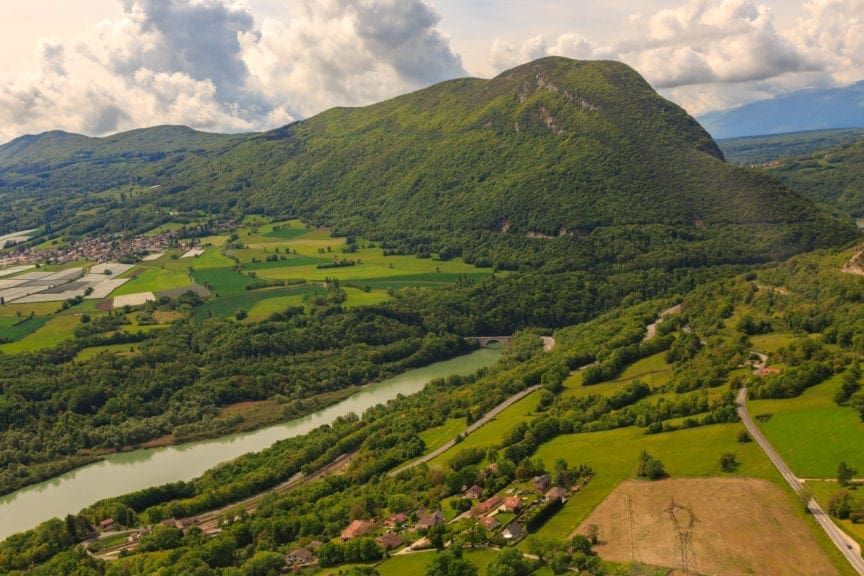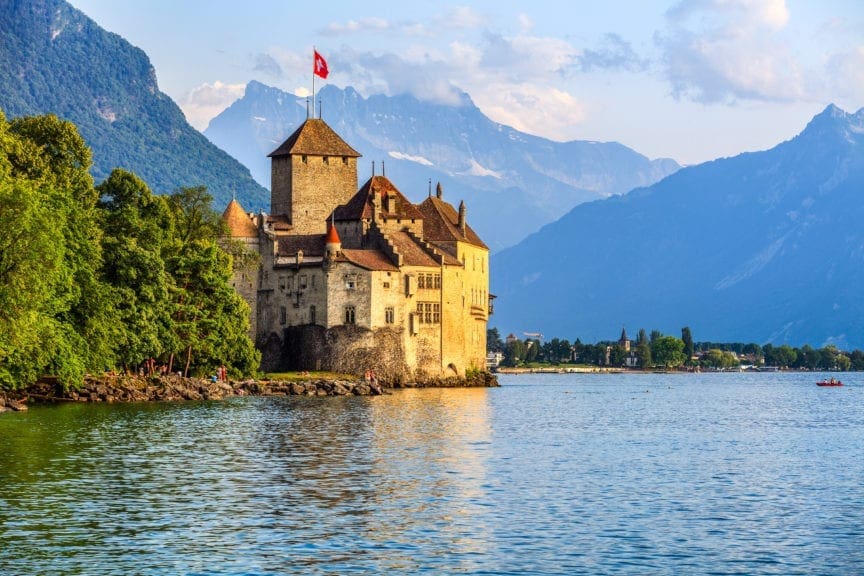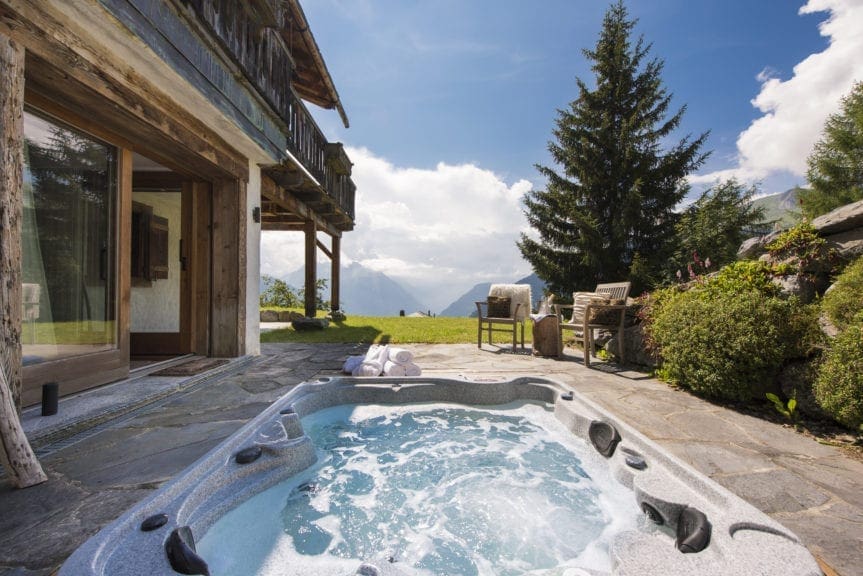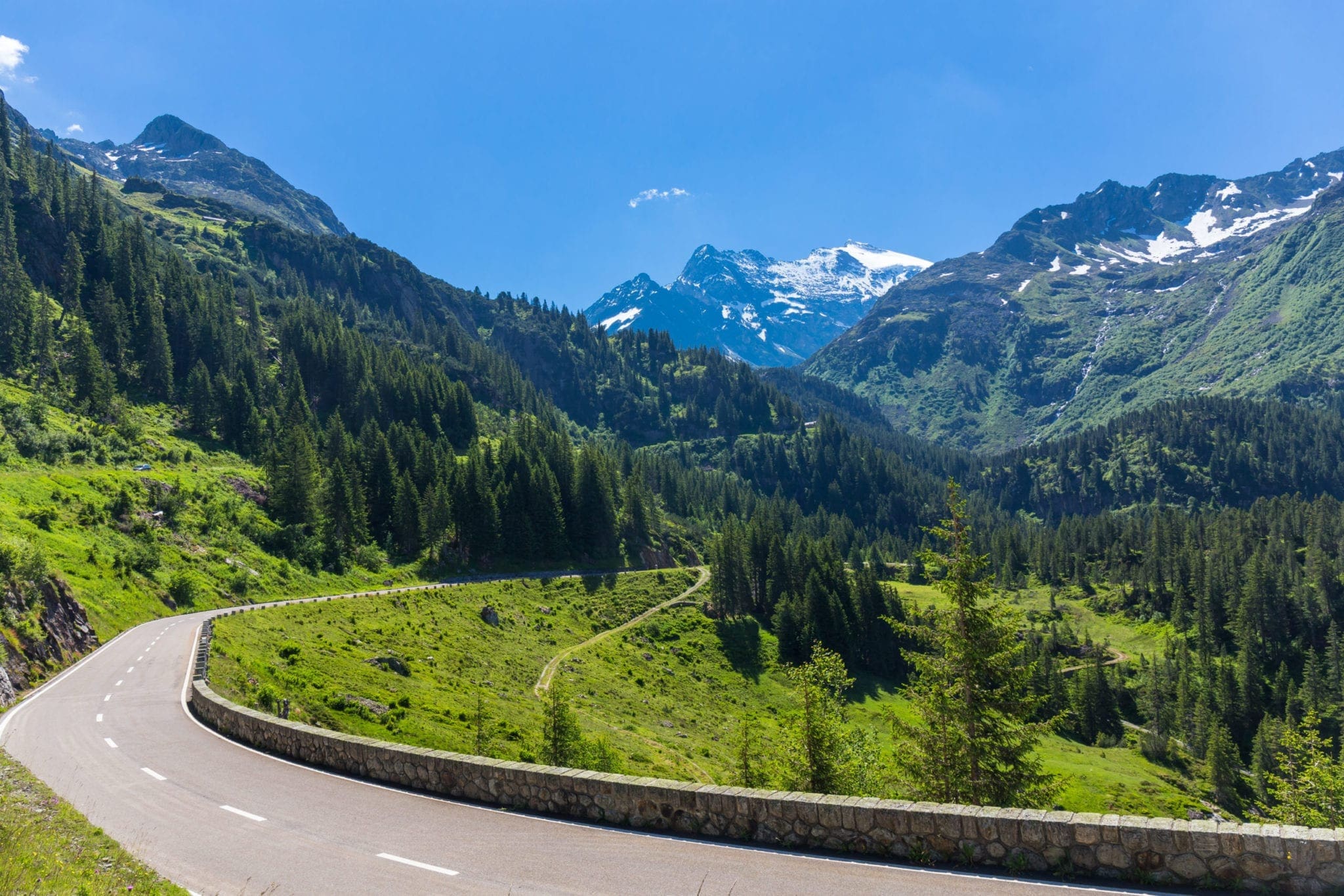Driving to Verbier
In these social distancing times, villa and chalet holidays are becoming more in demand than ever before. As we all scramble to select the perfect summer break whilst remaining in our own little bubbles, how to get there in comfort and style becomes the next big challenge. What gives Verbier added appeal is not just the unrivalled luxury that awaits, but the fact that it’s less than an eight-hour drive from Calais. So, whether you’re driving to Verbier from the UK or northern Europe, here’s our guide for the intrepid traveller looking for that perfect summer break in safety, comfort and style.
Driving to Verbier can be as much a part of the experience as actually being there. As we leave the White Cliffs of Dover behind us, we’ll catch up with the chalk seam that connects Dover to Champagne a little later. Driving through rural France is one of life’s great joys, especially in the height of summer. If it isn’t on your bucket list, then it should be. Think of it as your very own private episode of The Grand Tour. The winding roads and mountain paths of stunning rural France promise to take you on a drive you’ll never forget. France, home to 41 UNESCO World Heritage sites, mountain ranges, world-famous wine regions, and beaches galore, is ideal for this sort of travel. Which route is right for you depends on the landscape (or the regional cuisine) you crave.
We’d recommend considering a stop in the Paris/Champagne region for obvious reasons. There’s really no place like Paris, considered by many as the true home of haute cuisine. However, lets reconnect with the chalk and perhaps the chance to savour a glass or two of Dom Perignon 2008 – widely acclaimed as the greatest Dom Perignon vintage ever produced – at the Royal Champagne Hotel and Spa which is too good an opportunity to miss. It’s a little-known fact that the White Cliffs of Dover and the Champagne region share identical geologies, which is why English sparkling wines are so notable.

Suitably refreshed, a journey through the Jura Mountains is the highlight of the journey. The Jura is a magical region of amazing nature and picturesque villages with an incredible heritage. On the border between France and Switzerland, the Jura Mountains form the quintessential picture-postcard perfect view of the natural world. In this landscape of lakes, caves, waterfalls and chasms, you are never far from water and the region is carefully protected.
Look out for the pomas and chairlifts of the Jura’s own ski fields as we cross into Switzerland at Vallorbe. As we approach the city of Lausanne, the glimmering waters of Lake Geneva with its dramatic backdrop of the Alps hove into view. Lausanne, home of the International Olympic Committee, makes for an excellent final pit-stop. Typically, in summer, much of the lakefront adopts a genteel carnival atmosphere, with impromptu outdoor cafés along the pleasant, animated promenade. Sailing boats glide by on the gentle breeze, whilst swimmers, ducks and swans bathe in the almost Mediterranean waters of the lake.
Turning east along the lakefront, Verbier is only an hour away. But there is still much to see. The lower slopes of the hillsides beyond Lausanne are home to the Lavaux Vineyard Terraces, a UNESCO World Heritage site of ancient vines which date back to the 11th century, when Benedictine monks controlled the area It’s a spectacular example of how the people of the region have maximised the resources of their unique environment to produce a highly-acclaimed wine that is as important to the local economy today as it was a millennium ago. The Grand Cru wine producers cite the triple effect of the south-facing vineyards benefitting directly from the sun, mirrored reflections from Lake Geneva and that of heat stored in the many stone walls in the surroundings as the reason for such a spectacular wine.
As we push on, the Chateau de Chillon rises majestically from Lake Geneva. The castle is located on a rock on the banks of the lake and is the most visited historic building in Switzerland. For nearly four centuries Chillon was the residence and profitable toll station of the Counts of Savoy. Chateau de Chillon has stood proudly on its rocky island for nearly a thousand years. Made famous by Jean-Jacques Rousseau’s novel “Julie, or the New Heloise” and Lord Byron’s poem “The Prisoner of Chillon”, this fortress is a true treasure from the past.

With Lake Geneva now behind us, it’s time for the final stretch, firstly alongside the restless waters of the impossibly blue River Rhone, and then into the steep valley of the Val de Bagnes. Those that haven’t had their full culture fix can always stop off at the beautifully-preserved Roman amphitheatre at Martigny, half an hour from our final destination. Perched on its sunny plateau, Verbier finally appears above us, with all that remains of the journey the 13 hairpin bends that famously hosted one of the mountain stages of the 2009 Tour de France. “Bienvenue a Verbier” reads the large sign to welcome us at our destination.
Our team will be waiting with a cheery glass and your holiday begins without a single airport to endure. We could recommend a faster more straightforward journey along the autoroutes, but the journey is an essential part of the experience of unwinding. Arrive refreshed and relaxed and ready to experience the very best of Verbier.







